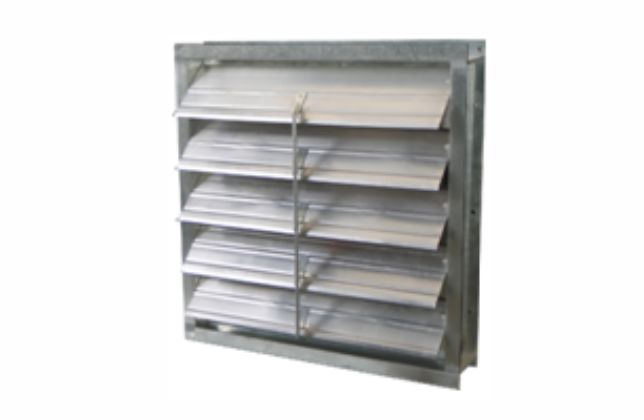Back Draft Damper Manufacturer in Delhi NCR
Truestar Air Systems
Back Draft Damper Manufacturer in Delhi NCR
Truestar Air Systems is a reliable Back Draft Damper Manufacturer in Delhi NCR, delivering high-performance non-return dampers for ventilation and exhaust systems. Designed to allow airflow in one direction and prevent reverse flow, our back draft dampers are engineered for efficiency, low leakage, and long-term reliability.
With fully equipped manufacturing units in Noida, Hyderabad, and Gujarat, we ensure quick customization and nationwide supply for both industrial and commercial HVAC applications.




